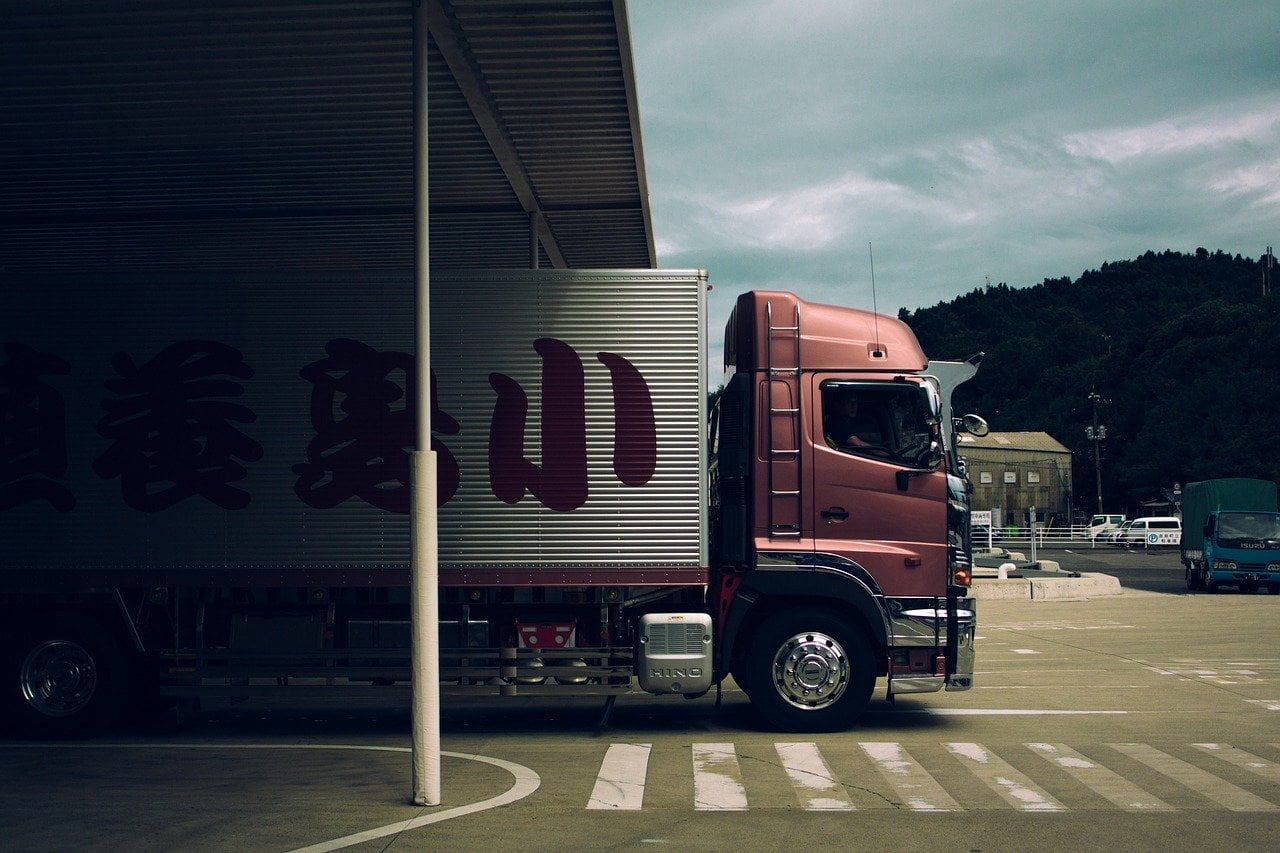Tracking a package is a huge hassle. And the more the number of parties that are involved in handling the package, the more complex the problem. Tracking also has other issues like not maintaining temperature and moisture for perishable items. Earlier, companies did cold monitoring for cargo, where data had to be manually collected and reviewed by data loggers. A business manager would then review that data. But that approach is outdated, takes too long and packages still end up spoiled.
Q1 2020 hedge fund letters, conferences and more
Corporations face huge problems when they can’t keep track of their orders. For example, Target, one of the biggest supply chain companies in the world, had to close its Canada office due to warehouse tracking problems. The bottom line is simple - inferior tech can cause huge issues. That’s why these days all major organizations are outsourcing their software development for an end-to-end software solution to their logistic needs.
All supply chain companies are changing their process methodology to be more informative. And they are using new technologies such as the Internet of Things (IoT) and Blockchain to do so. As per reports, more than 38.5 billion IoT devices will be in use by 2020. Blockchain is also an emerging trend. Worldwide spending on blockchain is going to increase from 1.5 billion in 2018 to 11.7 billion in 2022.
These technologies are highly useful for the logistics field. Companies who use IoT and blockchain solutions discover benefits such as less paperwork and invoice disputes solving because of ledger updating. There is a huge need for developers and outsourcing companies who can provide such IoT + Blockchain solutions.
Below are some of the use-case solutions that these two technologies can solve when applied in combination with each other.
Clarity
Supply chain companies have too many workflows running together. Focusing on one of them becomes difficult. Most of the problems occur when the cargo is in transit. While goods are being transported, it becomes difficult to maintain correct information about their location. If there are unexpected circumstances (such as extreme weather conditions), the challenge gets even bigger.
IoT solutions, along with blockchain, can be useful in improving information flow by increasing visibility. Blockchain can maintain a ledger with all the information about transportation. Supply chain owners can have their outsourcing vendor develop a ledger dashboard and configure mobile/desktop notifications about milestones during transportation. Different stakeholders would be able to view data through the data provided by IoT sensors along the whole transportation line.
Reliability
Some goods need to be transported in a temperature-controlled environment (fish, medicines, etc.). Adherence to these standards is required to stop goods spoilage in transit. Moisture, temperature, weight, etc. also need to be monitored. In North America, 168 million tonnes is wasted every year in the supply chain due to the negligence of these standards.
A software development company can be tasked to create an IT supply chain management software alongside a smart container system. This system can manage and control the temperature of the storage space. It can also monitor storage conditions and alert drivers or cargo owners if something's wrong. It will hence avoid losses due to improper storage.
By tagging goods with IoT + GPS devices, tracking these containers also becomes easy. It can also take into account the speed of the vehicle, map references, local weather conditions, and correctly forecast when the container will arrive.
Smart Contracts
Since different corporations need to trust each other’s data for information about the supply chain, it becomes difficult to correctly track a package, since all partners have their own systems and tracking parameters. Time conversions, weight conversions, etc., need to be done (CST to PST, pounds to KG, etc.). It gets even more complicated if the number of participants increases. It’s called the bullwhip effect.
There is also the need to make sure that there is no violation of the predefined code of conduct so as to reduce reputation risk. A smart contract will make sure that all variables change in accordance with the parameters previously agreed upon and make transactions automatically once certain conditions are met. There can even be clauses in a smart contract, where the supply chain company guarantees to agree to predefined conditions while in transit.
Consumer problems
Since there’s less accountability in the traditional system, the customers don’t get their product on time. Furthermore, there is a lack of information about the product itself. Information regarding how it’s made, its origin, composition, etc. is mostly kept on the manufacturer’s side.
Through blockchain, accountability can be increased, as it allows for data transfer between the producer and the consumer. The manufacturer can upload all the information on a ledger, and the consumer can read it. They can also know more about the product such as how it’s produced, what composition of raw materials manufacturer uses, and when it will reach them. That way consumers are better informed.
Conclusion
Most major supply chain companies are applying these solutions to maintain autonomy, quality, and transparency. These days, there is a huge demand for software models that can provide real-time monitoring and updating. To fully enhance this model, however, another system of real-time alert response is needed.
With blockchain + IoT, data is transferred automatically to ledger faster than cold monitoring, which makes the whole supply-chain process easier. A digital solution like this decreases costs, controls the chain, and makes the review process a lot quicker.






